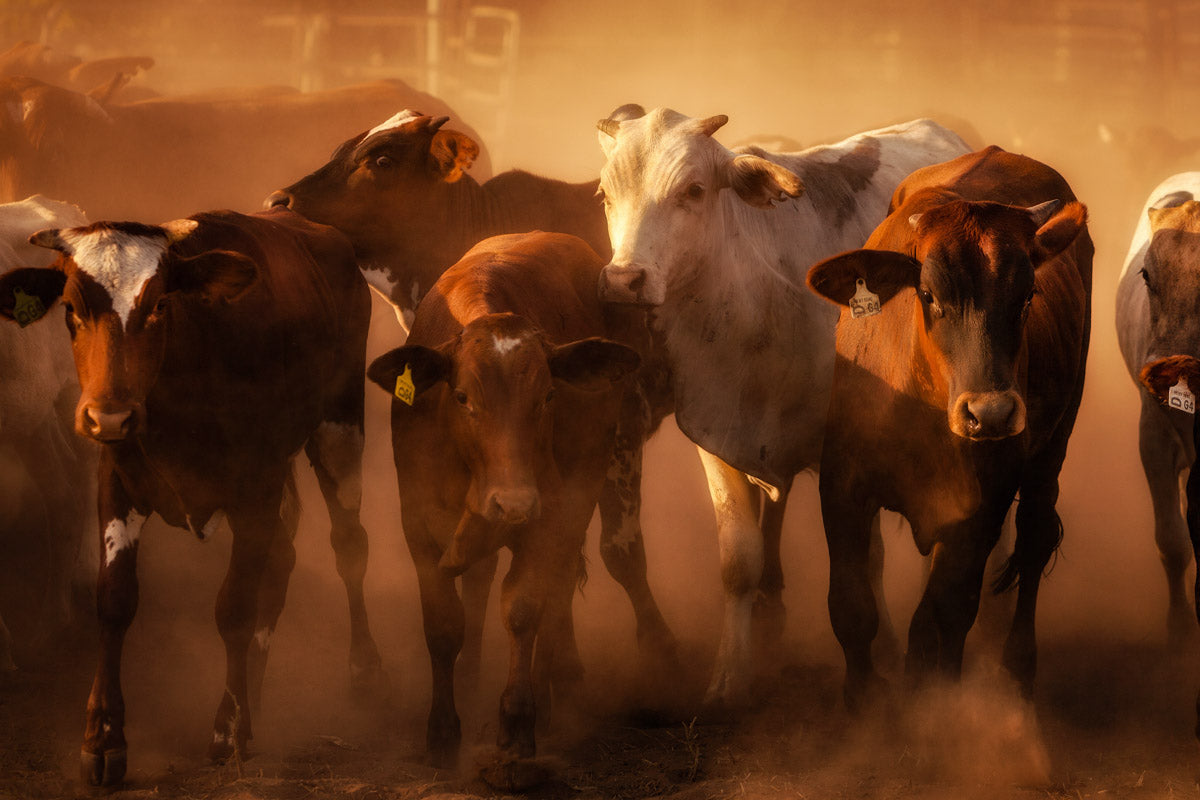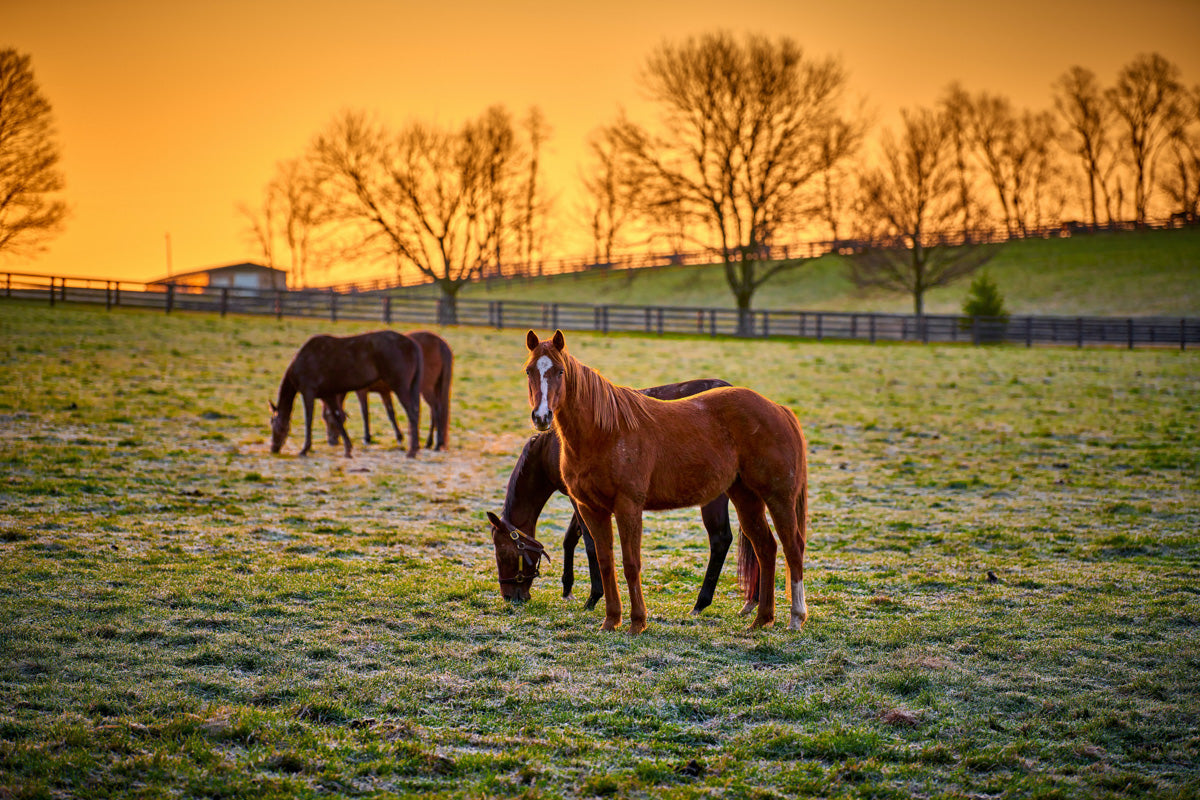Bantam chickens, also known as miniatures or bantams, are a captivating breed that has enchanted poultry enthusiasts for centuries. With their smaller size and distinct characteristics, bantams offer a unique charm that sets them apart from their standard-sized counterparts. In this comprehensive article, we will explore the world of bantam chickens, discussing their history, breeds, characteristics, care requirements, and their significance in the world of poultry.
Origins and History
The origins of bantam chickens can be traced back to Asia, specifically the regions of China and Japan. These diminutive fowls were first introduced to Europe during the Age of Exploration and quickly gained popularity for their aesthetic appeal and practicality. Bantams were prized as ornamental birds in royal courts and later became popular among hobbyists and poultry breeders worldwide.
Breeds and Varieties
The world of bantam chickens is incredibly diverse, boasting a wide range of breeds and varieties. Bantams can be categorised into two main types: true bantams and miniaturised versions of standard breeds. True bantams are naturally small in size and do not have a standard-sized counterpart. Examples of true bantam breeds include the Sebright, Belgian d'Uccle, and Japanese bantam. Miniaturised bantams, on the other hand, are smaller versions of standard chicken breeds, such as the Miniature Silkie or Miniature Wyandotte.
Each breed showcases unique characteristics, including feather patterns, comb types, and colours. From the vibrant plumage of the Serama bantam to the delicate frizzled feathers of the Frizzle bantam, there is a bantam breed to suit every poultry enthusiast's preferences.
Characteristics and Advantages
Bantam chickens possess several distinctive traits that make them highly sought after by poultry enthusiasts. One of their notable characteristics is their small size. Bantams typically weigh a fraction of the standard chicken breeds, making them ideal for individuals with limited space or urban environments. Their diminutive stature also allows for easier handling and transportation.
Another advantage of bantam chickens is their reduced feed consumption. Due to their smaller size, bantams require fewer resources, making them cost-effective to raise and maintain. Additionally, their diminutive eggs, though smaller in size, often possess a richer yolk, appealing to those who appreciate the unique taste and culinary possibilities.
Temperament and Personality
Bantam chickens are renowned for their friendly and sociable nature. They are known to be docile and easily tamed, making them suitable for families and backyard enthusiasts. Bantams are often considered excellent pets, particularly for children, due to their manageable size and approachable demeanor. Some breeds, such as the Silkie bantam, are especially well-known for their gentle and affectionate nature, often seeking human interaction.
Care and Housing Requirements
Caring for bantam chickens follows the general principles of poultry husbandry. Providing a suitable coop with ample space, ventilation, and protection from predators is essential. Bantams can adapt well to various climates, but appropriate shelter is necessary during extreme weather conditions. Regular access to clean water, a balanced diet, and appropriate nutrition are vital for their health and well-being.
When it comes to breeding and incubation, bantam chickens exhibit remarkable maternal instincts. Bantam hens are known for their dedication to brooding and nurturing their young, making them ideal for those interested in hatching and raising chicks.
Exhibition and Showmanship
Bantam chickens have a strong presence in poultry shows and exhibitions. Their unique features, distinct color patterns, and elegant feathering make them popular contenders for various classes and competitions. Showmanship enthusiasts often find joy in presenting their bantams to judges and fellow poultry enthusiasts, showcasing the breed's beauty and adherence to breed standards.
Cultural Significance and Preservation
Beyond their aesthetic and practical qualities, bantam chickens hold cultural significance in different parts of the world. In some Asian cultures, bantams are seen as symbols of good fortune, prosperity, and fertility. They are celebrated during festivals and traditional ceremonies.
Furthermore, bantam breeds often play a crucial role in the preservation of heritage chicken breeds. As standard-sized breeds face challenges, bantams provide an opportunity to maintain genetic diversity and prevent the loss of valuable traits within poultry populations.
Bantam chickens offer a captivating and unique experience within the world of poultry. From their historical significance to their diverse breeds and remarkable personalities, bantams continue to captivate poultry enthusiasts worldwide. Whether appreciated for their ornamental value, suitability for smaller spaces, or their contribution to cultural traditions, bantam chickens hold a special place in the hearts of poultry enthusiasts and serve as a reminder of the endless wonders found within the avian kingdom.




